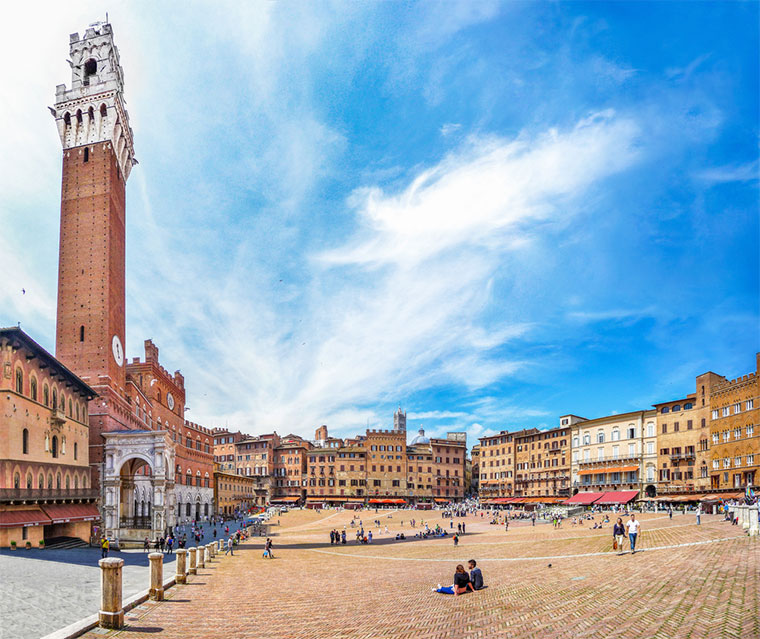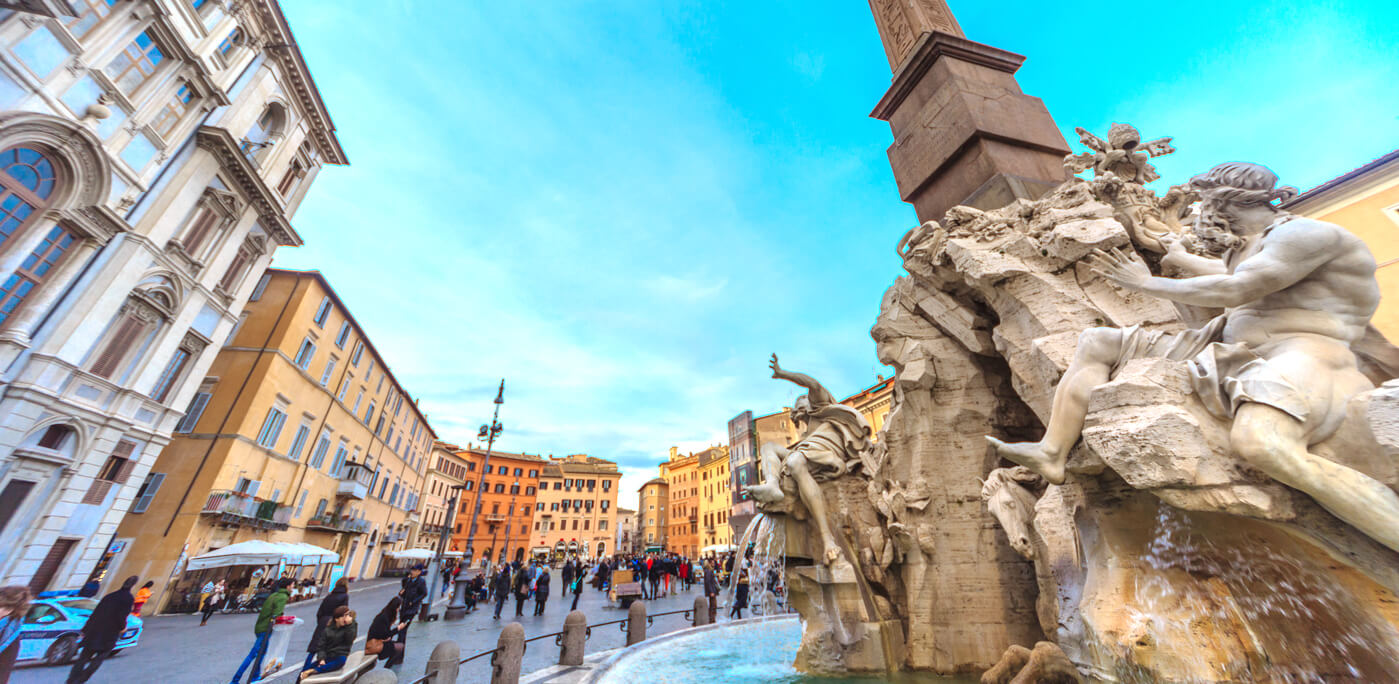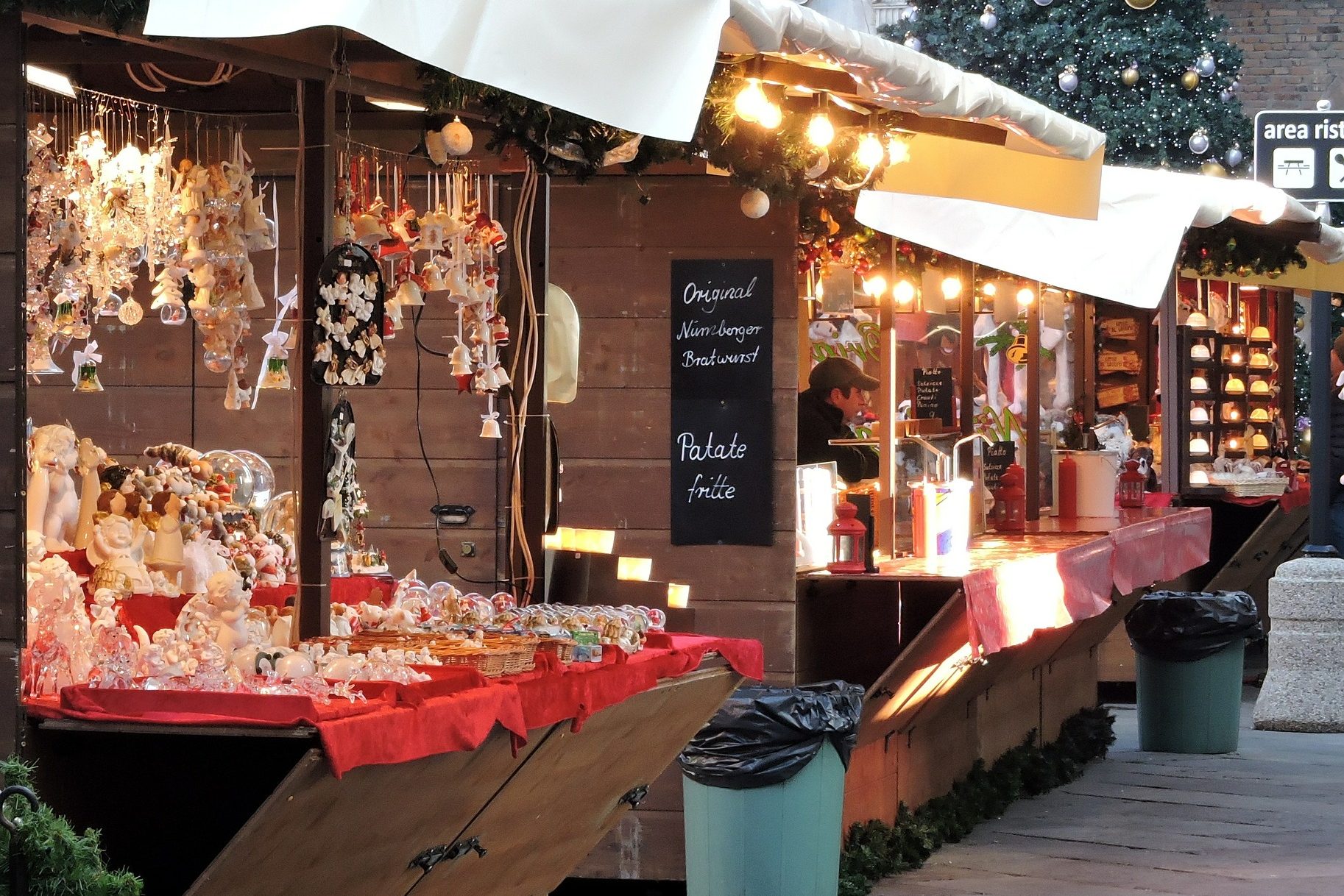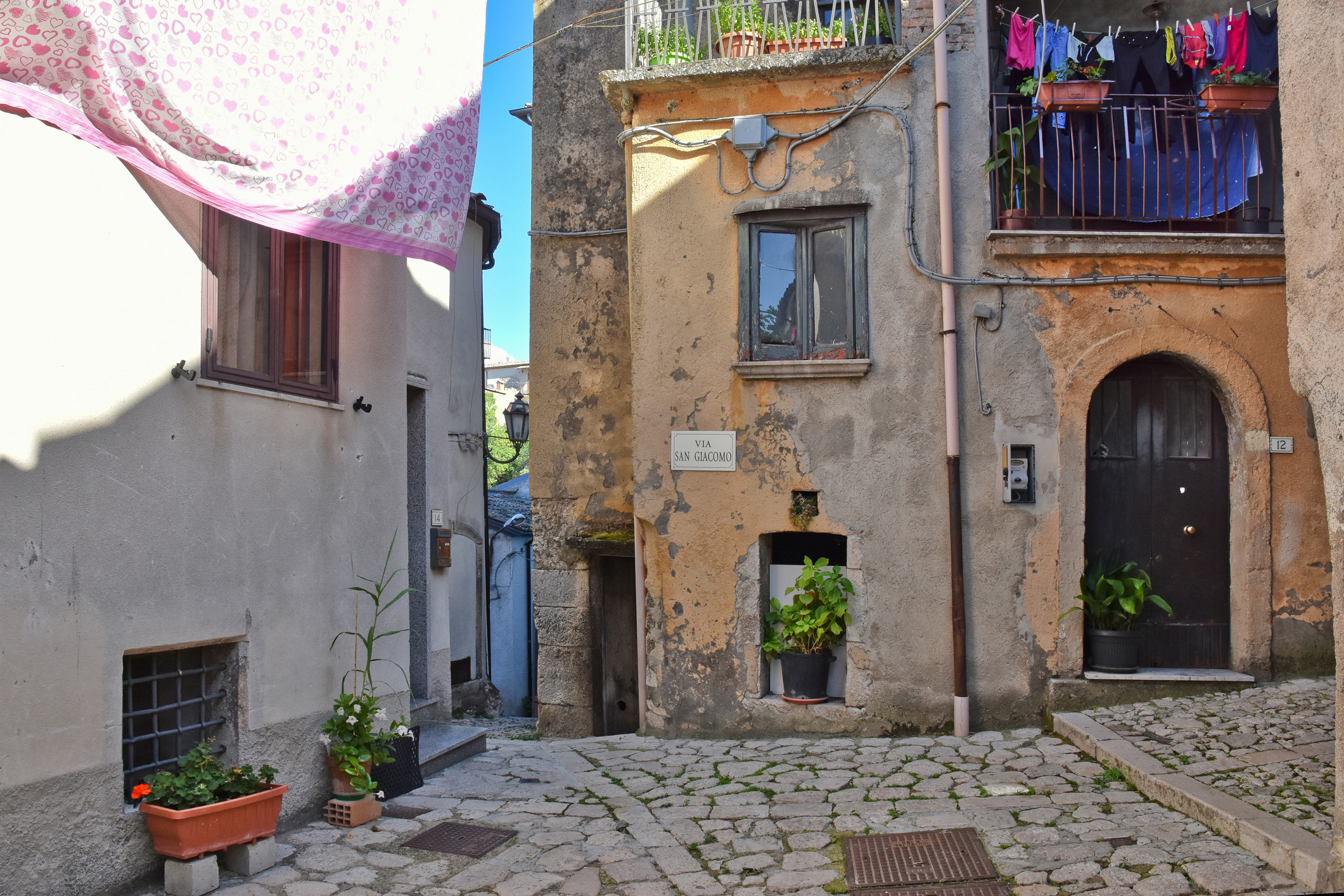“What do you miss most about Italy?” I asked my first Italian teacher in San Francisco many years ago.
“La piazza,” she said so wistfully that I thought for a moment it might be someone’s name. After years of passing time in Italian piazze, I now understand her fondness for these very special places.
The piazza is an Italian’s second home. In the course of a day, the residents of a village or neighborhood come to the piazza to enjoy a caffe, read a newspaper, catch up on gossip, show off a new outfit, play cards, complain about the weather, talk politics, flirt or just soak in the scene.
The piazza doesn’t discriminate. Everyone is welcome—including tourists. If you want a deeper sense of how Italians live, find a comfortable spot on a pretty piazza (not all are) and just wait. You never know what delights may come your way.
Confessions of a Piazzalina (piazza lounger)
La piazza has been the setting for some of my most memorable moments in Italy. I listened to Renee Fleming and Placido Domingo fill the nighttime air with their incandescent voices in the piazza that serves as concert hall for Spoleto’s annual music festival. I’ve waded through Venice’s Piazza San Marco when the “acqua alta” (high water) reached almost to my knees.
Yet I didn’t really “get” what a piazza is really all about until we were making our shopping rounds in Orbetello, a charming village set amid the lagoons of Monte Argentario in western Tuscany. The local wine merchant appeared in the piazza with a new go-cart for his four-year-old grandson. Within minutes dozens of townspeople clustered around him. Several nonni (grandfathers), laughing like school boys, took rides themselves. Others inspected and praised the spiffy three-wheeler as the boy finally pedaled his way around the square. It may take a village to raise a youngster in other places, but in Italy it takes a piazza.
Here are some linguistic and historic tidbits to add to your appreciation of some of Italy’s best known piazze:
Piazza della Signoria, Florence

This open-air museum may boast more capolavori (masterpieces) per square foot than any other Italian piazza. In the Italian Renaissance, Il Magnifico, Lorenzo de’ Medici, filled the piazza with masquerades, revels, pageants and processions. “If ever history could be happy, it was then,” wrote one historian.
In 1494, two years after Lorenzo’s death, the French king Charles VIII marched into the Piazza della Signoria and demanded an extortionary bribe not to destroy the city. The Florentines refused. When he threatened to sound his trumpets to call his troops to arms, a magistrate shouted the phrase that became a local proverb, “Se suonerete le vostre trombe, noi suoneremo le nostre campane.” “If you sound your trumpets, we will ring our bells!”
Not long after Florence fell under the sway of the fanatical friar Girolamo Savonarola. His followers dragged priceless paintings, fine gowns, furniture and jewelry into this piazza and set them ablaze in the infamous “bonfires of the vanities.” In 1498 Savonarola’s opponents hanged the mad-eyed monk as a heretic and cremated his body in a giant bonfire that burned for hours.
Piazza Navona, Rome
Originally this was the site of the stadium where the first-century Roman emperor Domitian staged agones or games. Over the centuries its name evolved into “in agone” then “n’agone” then “navone” and finally “navona.”
From 1652 to 1866, the piazza, which hosted theatrical shows and horse races, was flooded on August weekends for elaborate celebrations. Three fountains keep alive the piazza’s aquatic history. Most famous is La Fontana dei Fiumi (fountain of the rivers), with four giant statues representing rivers in the four quarters of the world: the Nile, the Danube, the Ganges and the Rio della Plata.
Piazza del Campo, Siena

“Il Campo” (the field), as the natives call it, was a marketplace established before the thirteenth century on a gently sloping hillside where three settlements coalesced to form Siena. The nine lanes of cobblestones that fan out from the mouth of the gavinone (central water drain) represented the Noveschi (the nine), the governors who ruled the Sienese republic at its peak of power in the early fourteenth century.
Il campo served as the site of various public games, including boxing matches and buffalo and donkey races. The first modern Palio (horse race) took place on July 2, 1656. These days a second Palio is run on August 16. Ten horses and their bareback riders representing the city’s contrade (civic wards) whip madly around the piazza’s edges. For a brief moment the centuries slip away, and Il Campo is once again the center of the world.
Dianne Hales [http://www.diannehales.com] is the author of the New York Times best-seller La Bella Lingua: My Love Affair with Italian, the World’s Most Enchanting Language [http://t inyurl.com/js7kyfj and Mona Lisa: My Life Discovered [http://tinyurl.com/h9wywhy]































